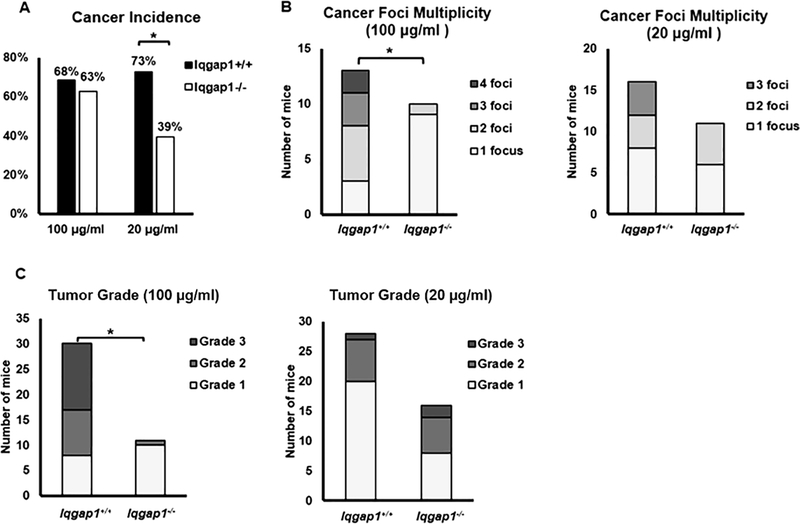Figure 3. IQGAP1 contributes to head and neck carcinogenesis.
A) Incidence of invasive carcinoma. With 100 μg/ml 4NQO treatment, invasive carcinoma incidences between Iqgap1+/+ vs. Iqgap1−/− mice were not significant (p=0.73, Fisher’s exact test, two-sided). With 20 μg/ml 4NQO treatment, invasive carcinoma incidence was significantly lower in Iqgap1−/− mice than in Iqgap1+/+ mice (p=0.02, Fisher’s exact test, two-sided). B) Numbers of invasive carcinoma foci per mouse. With 100 μg/ml 4NQO treatment, Iqgap1+/+ vs. Iqgap1−/−: mean 2.3 vs. 1.1 foci per mouse, p<0.001, Wilcoxon rank sum test, two-sided; with 20 μg/ml 4NQO treatment, Iqgap1+/+ vs. Iqgap1−/−: mean: 1.75 vs. 1.45, p=0.46, Wilcoxon rank sum test, two-sided. C) Tumor grade for the invasive carcinomas. Iqgap1+/+ vs. Iqgap1−/− : mean: 5.1 vs. 4.1, p<0.001, Wilcoxon rank sum test, two-sided. With 20 μg/ml 4NQO treatment, Iqgap1+/+ vs. Iqgap1−/−: mean: 4.3 vs. 4.6, p=0.14, Wilcoxon rank sum test, two-sided.

